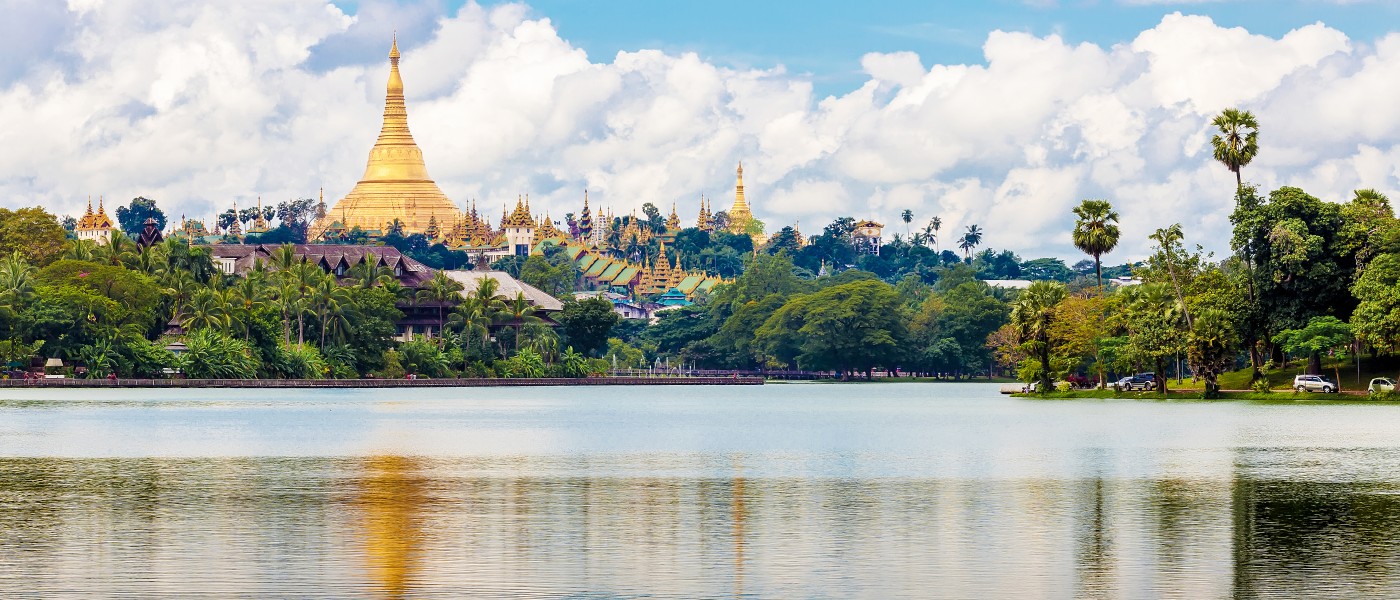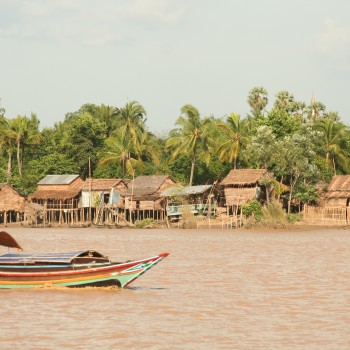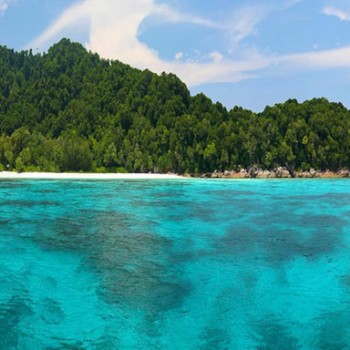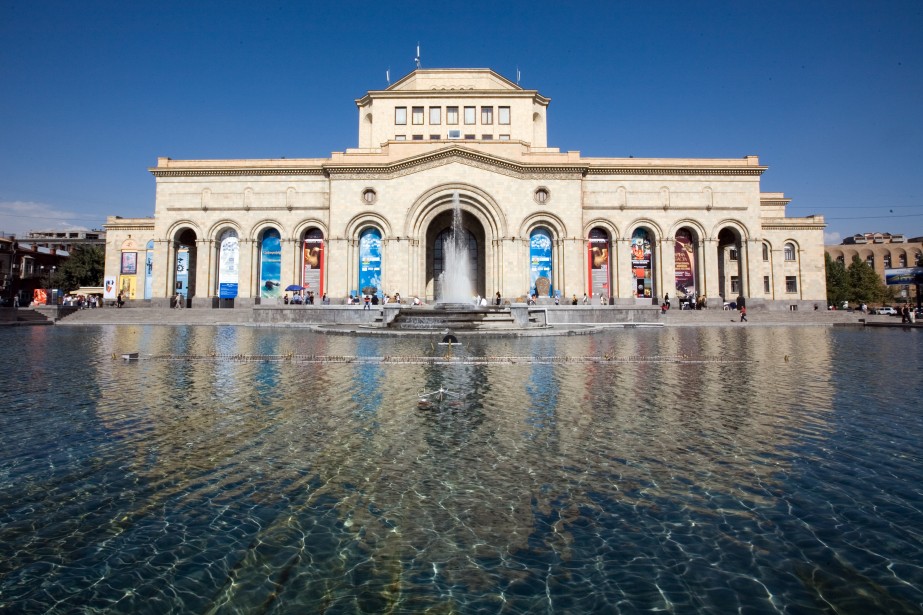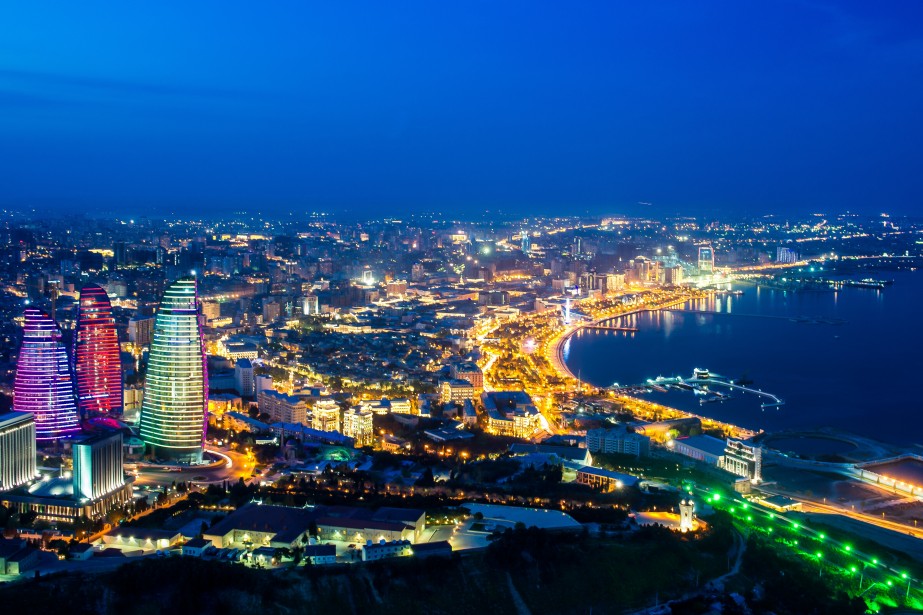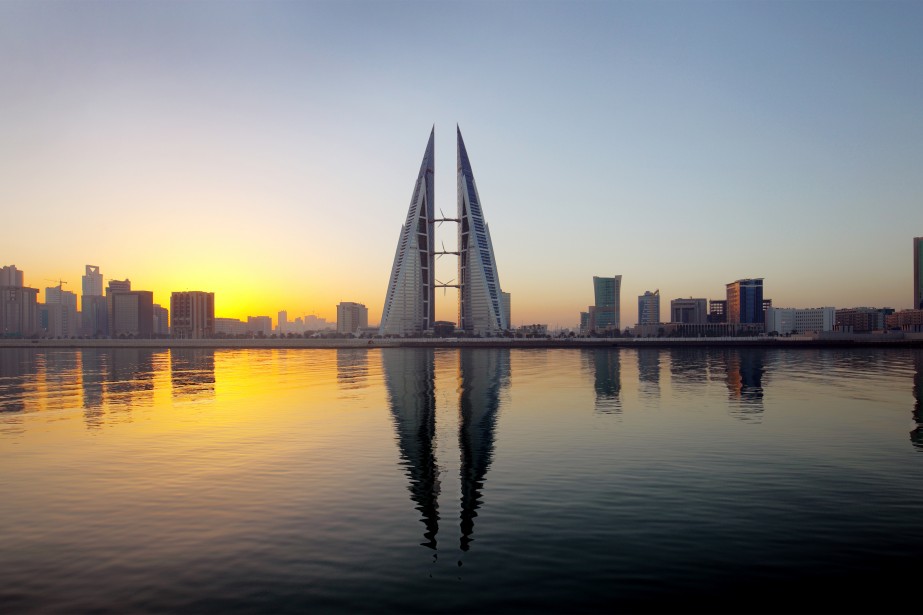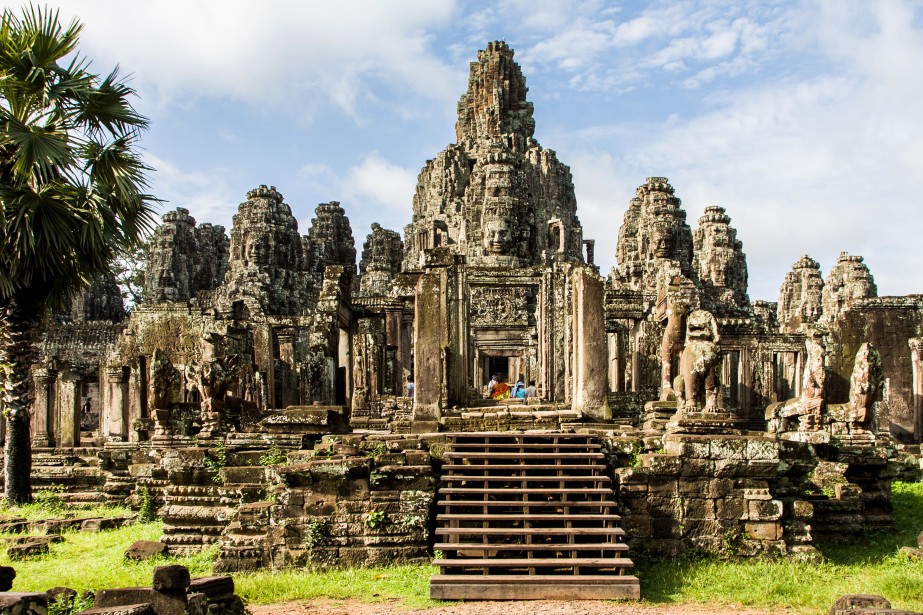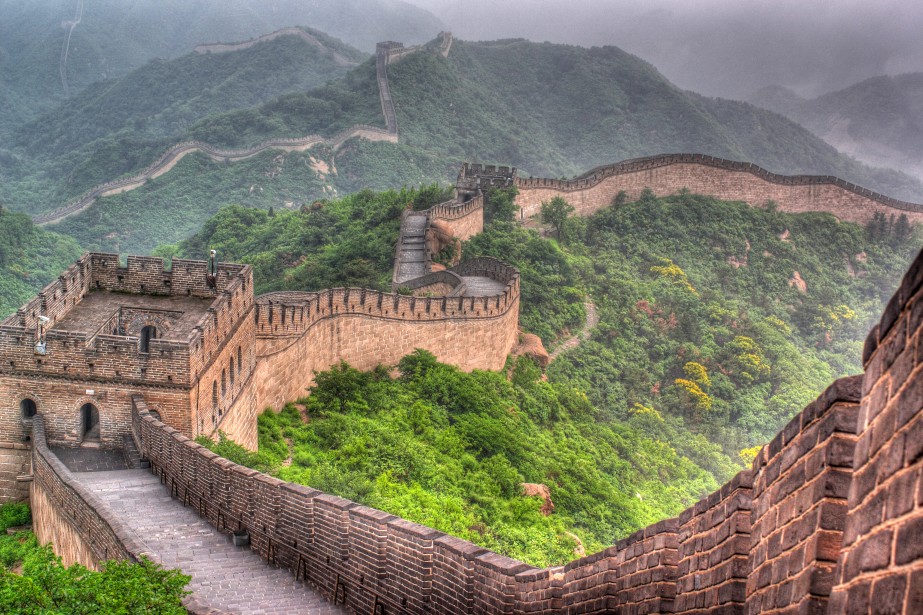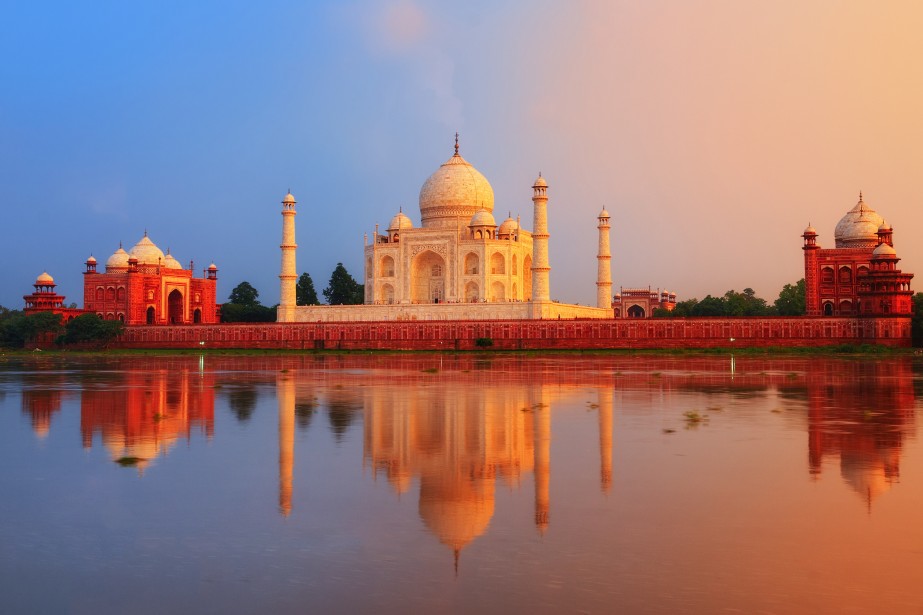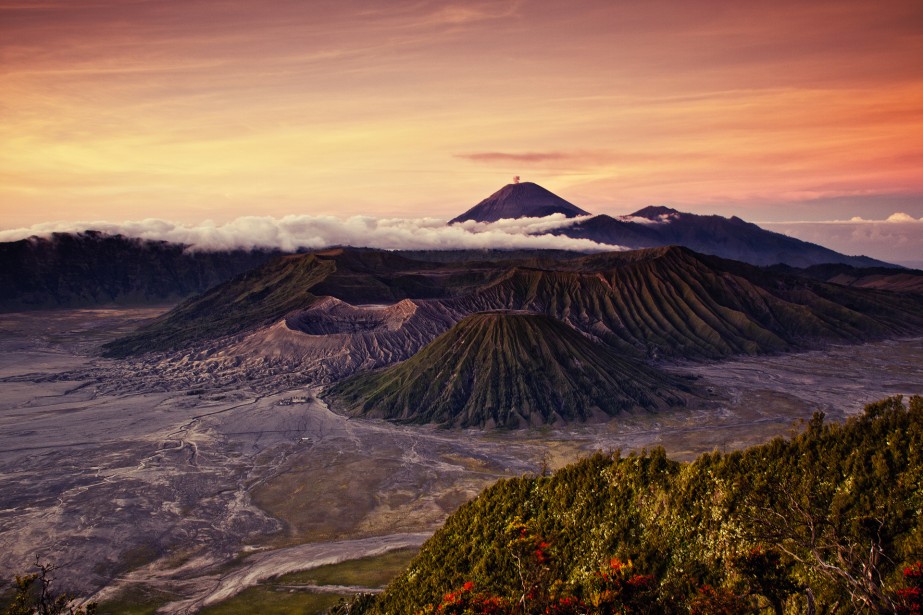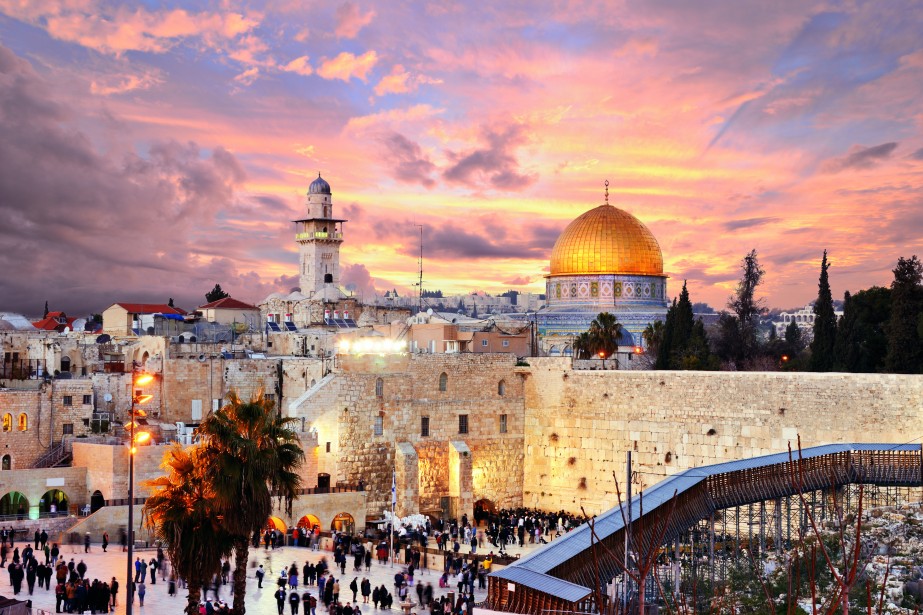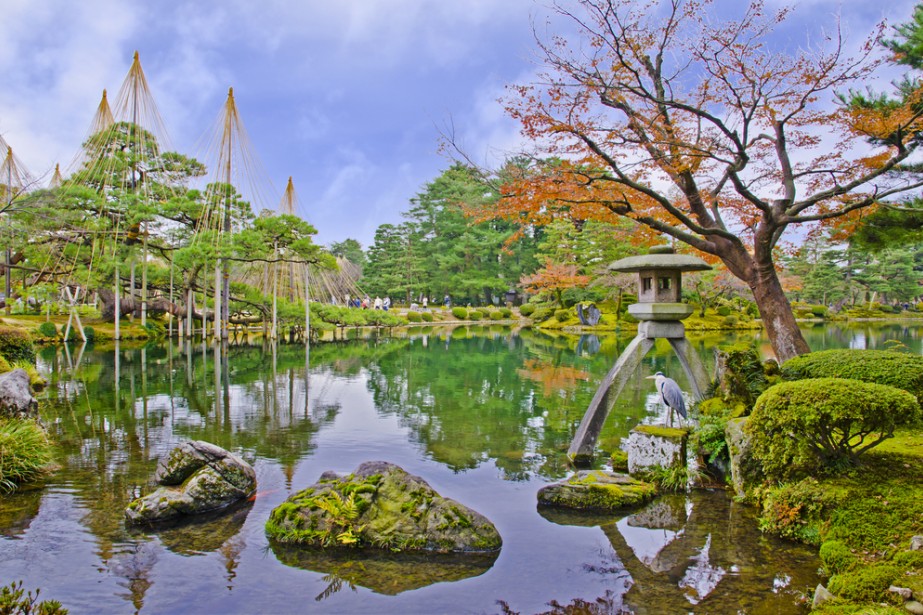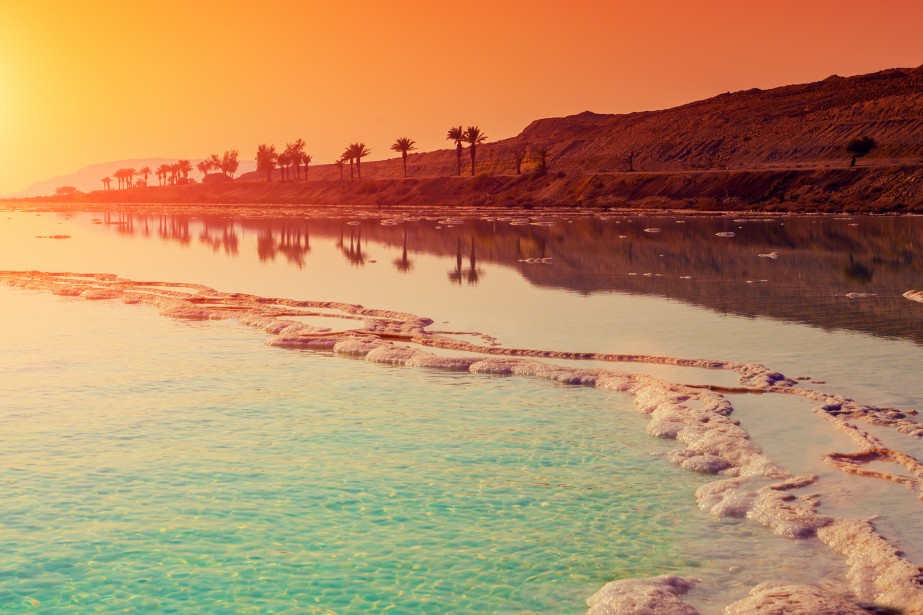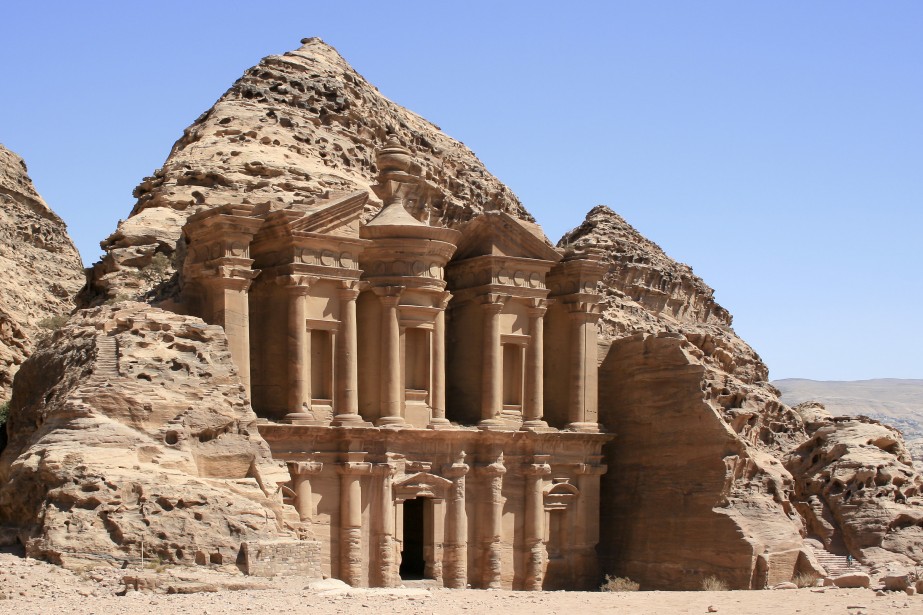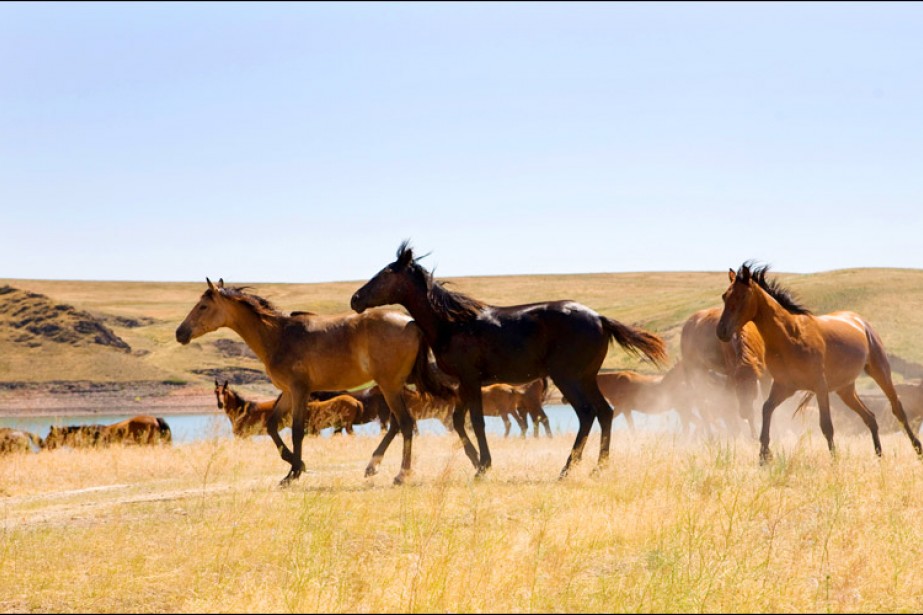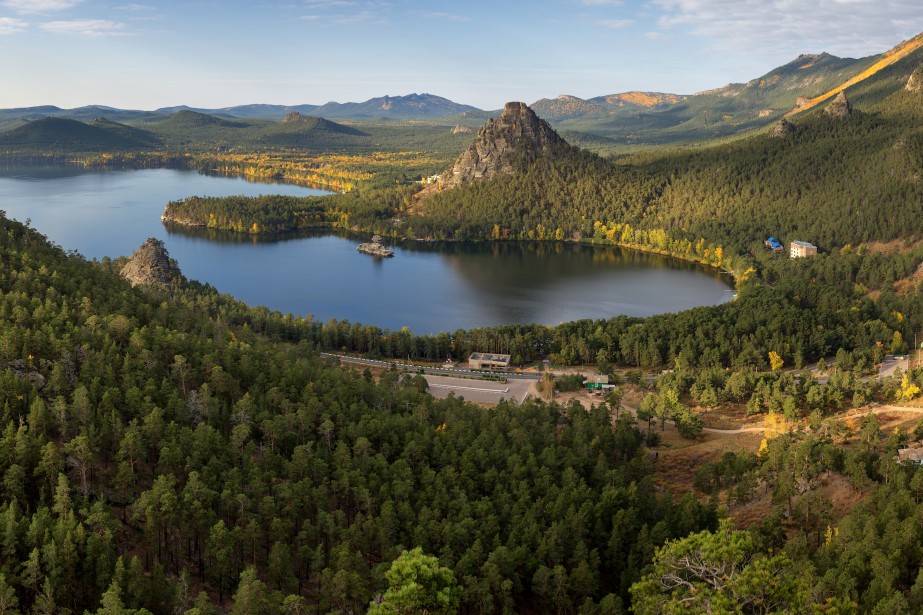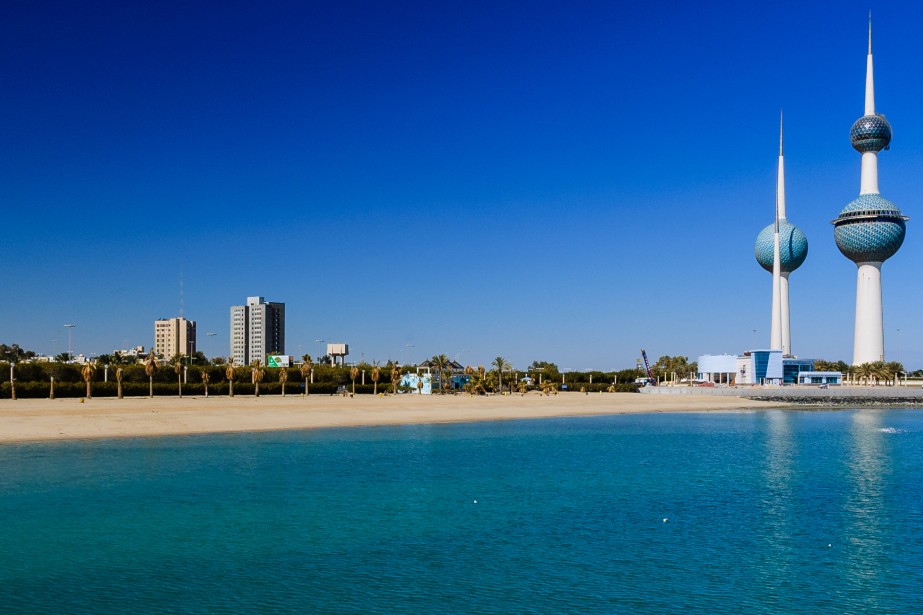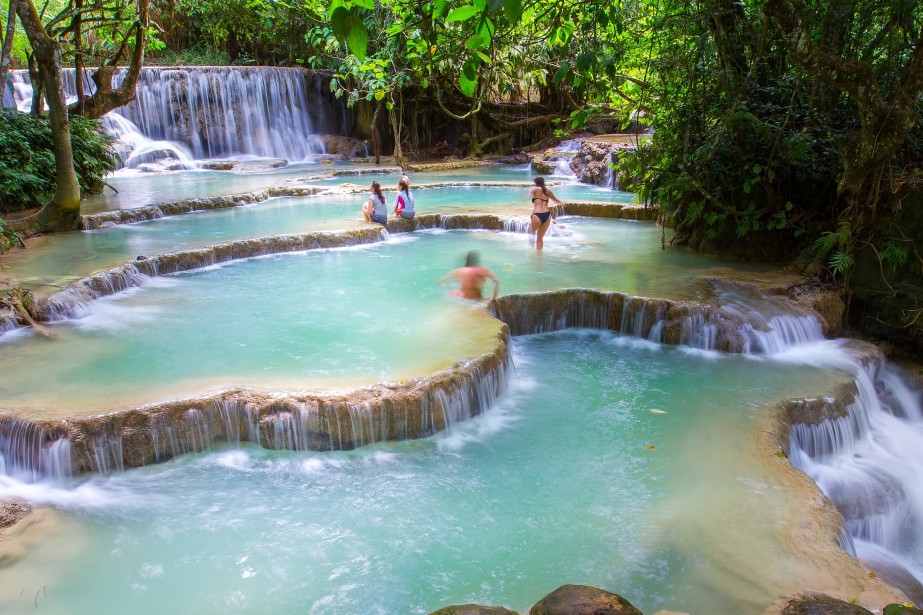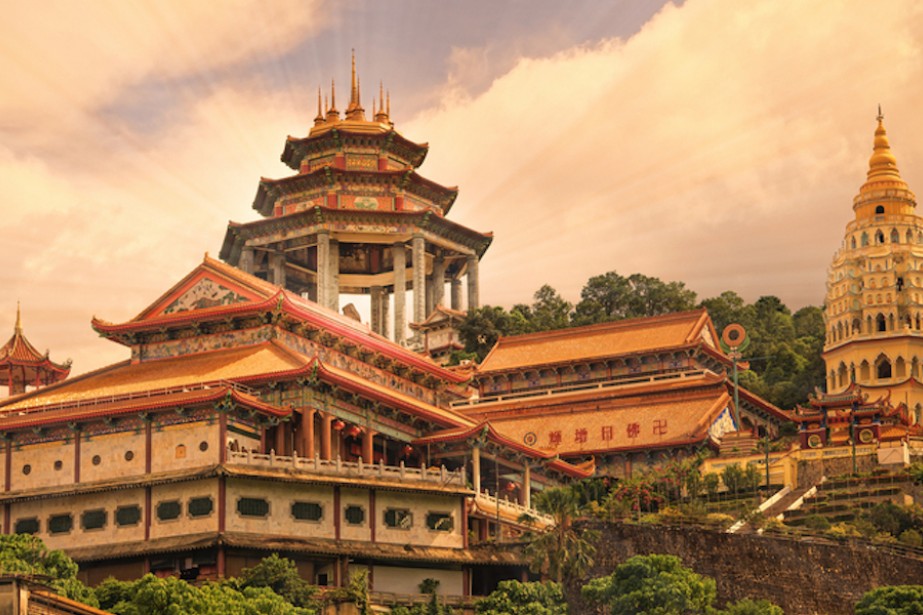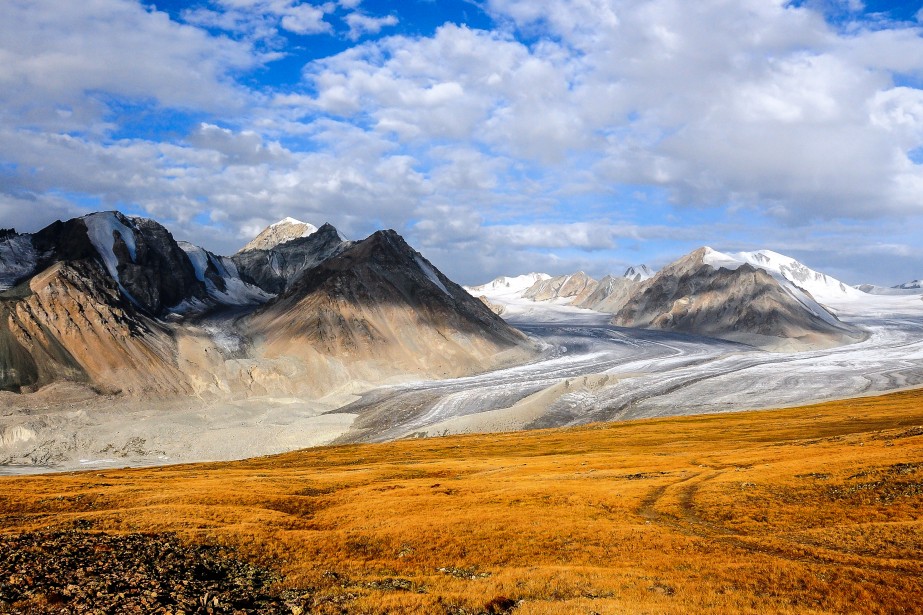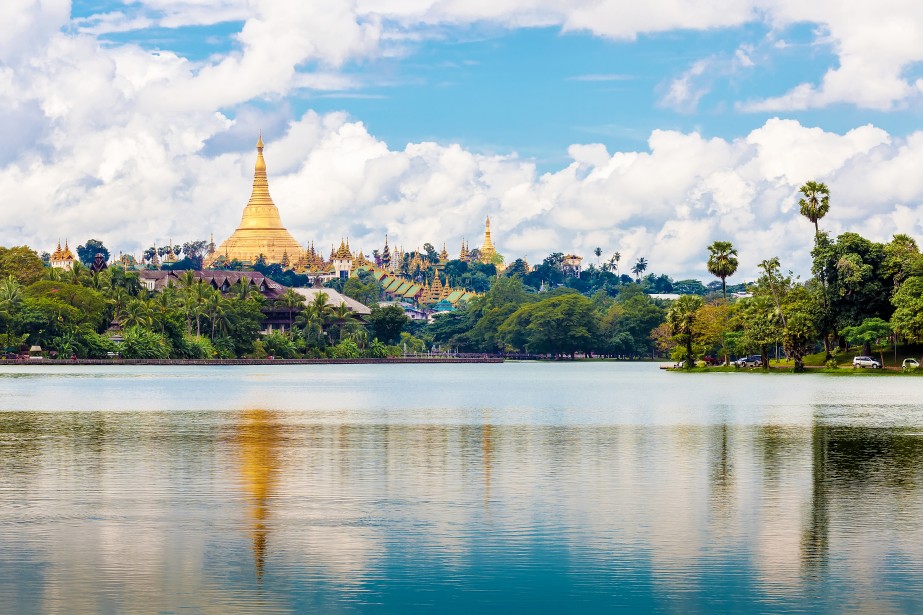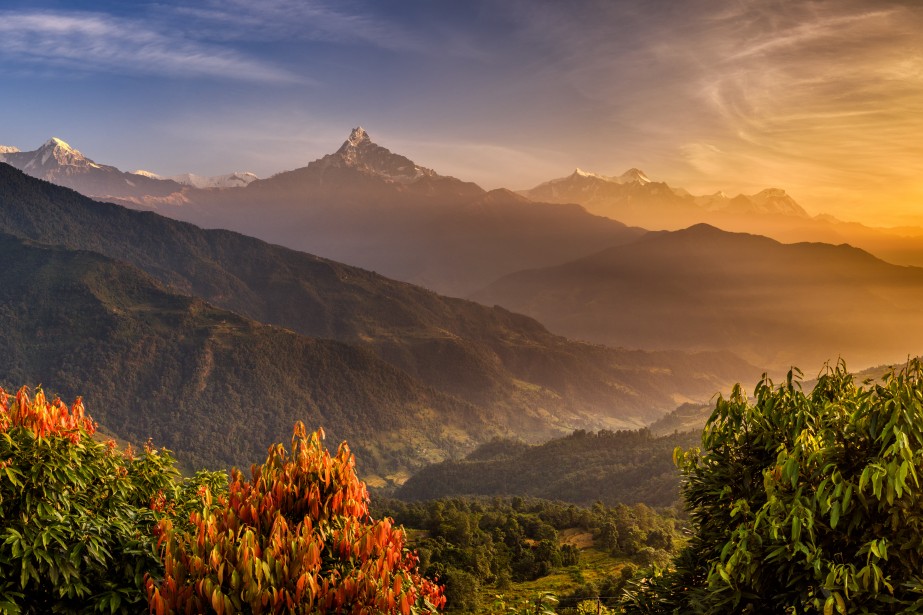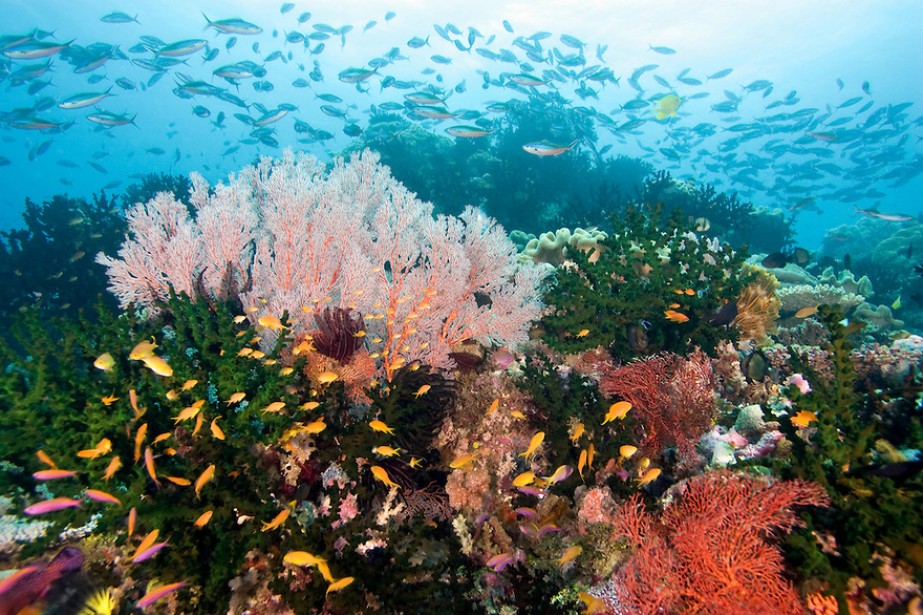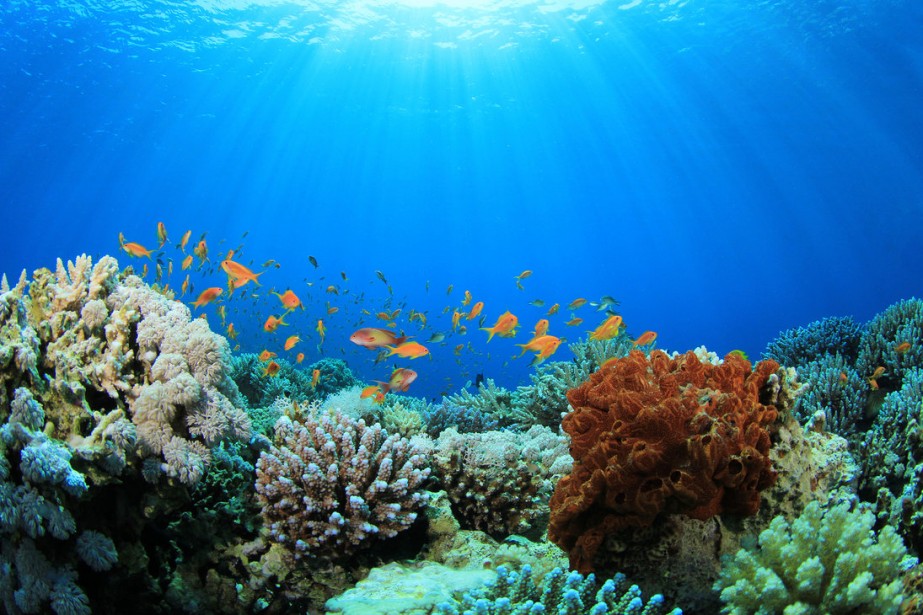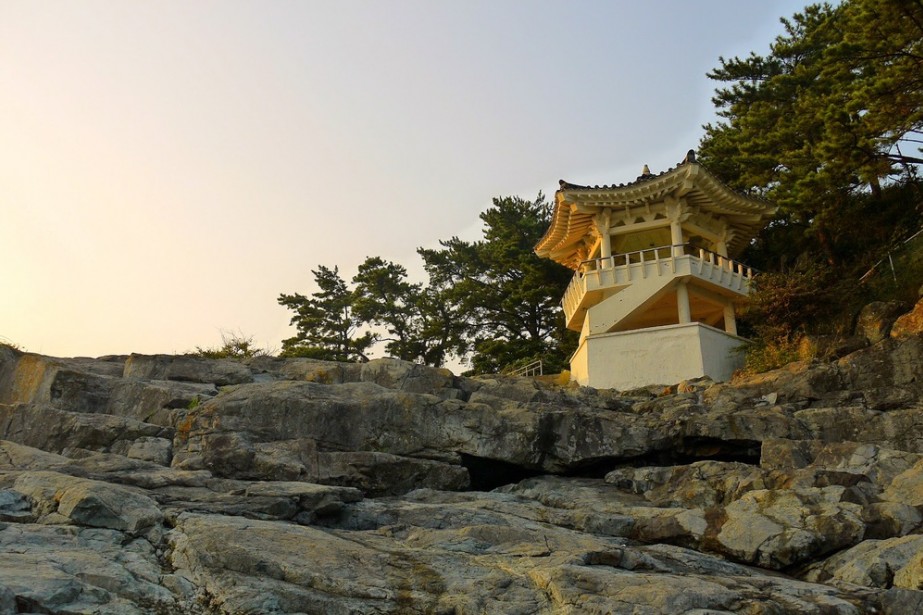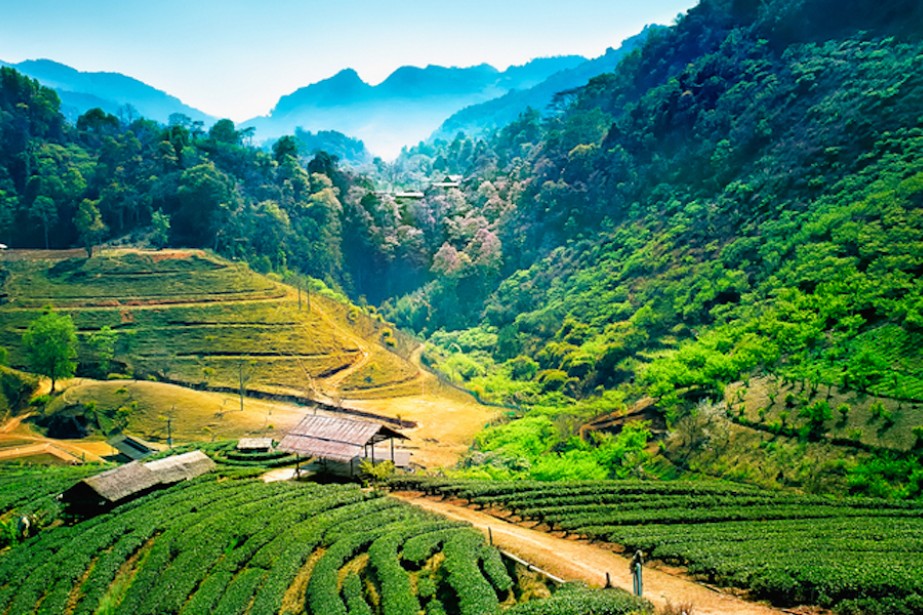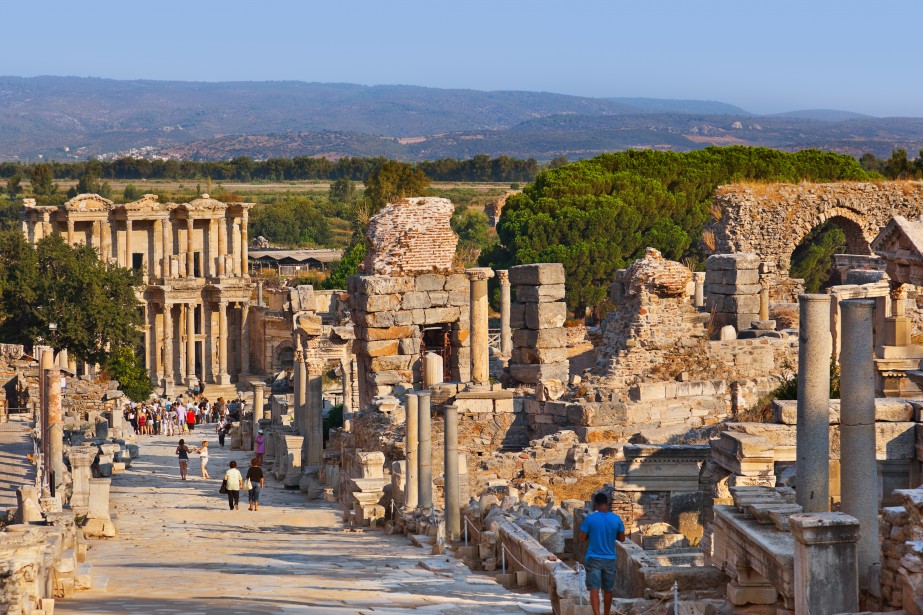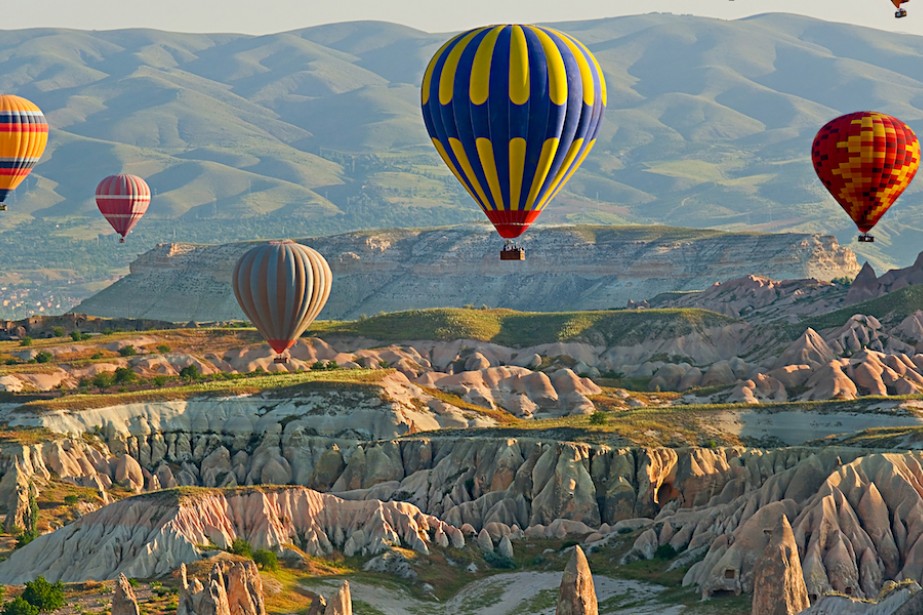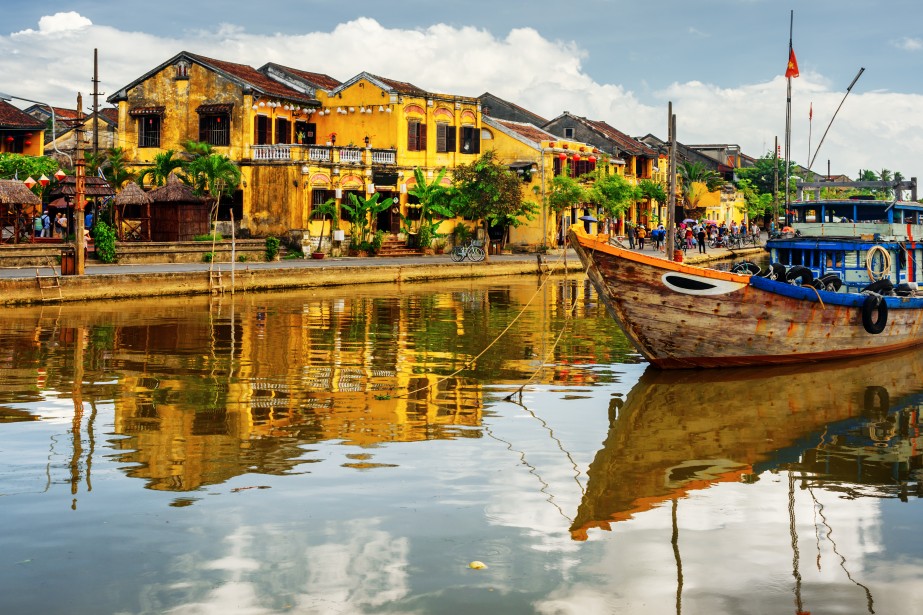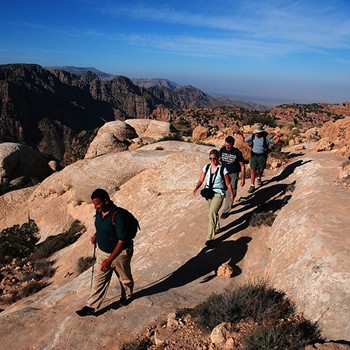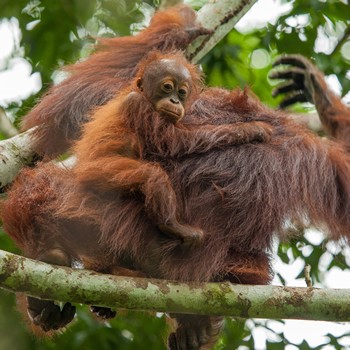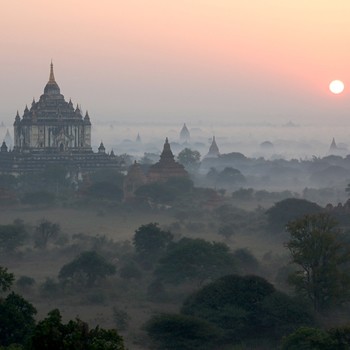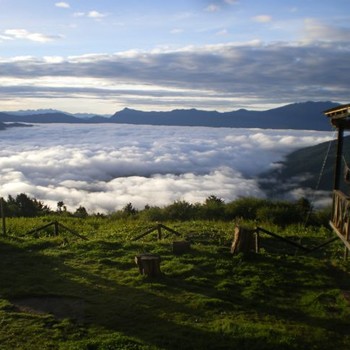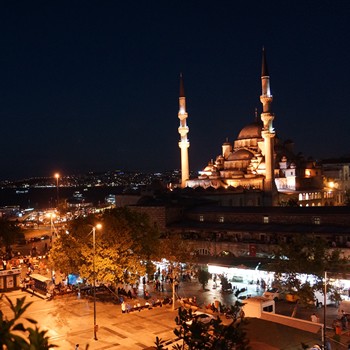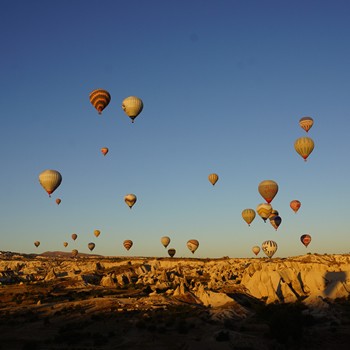Submitted by Heather Demars on August 1, 2016
Overview
Myanmar is one of Asia’s most diverse countries. Stretching from the sparkling islands of the Andaman Sea up into the Eastern Himalayan mountain range, Myanmar also made its mark as one of the largest countries. It is in the crossroads of two of the greatest civilizations in Asia, namely India and China and looks onto the vast Indian Ocean near Thailand. As the country is gripped by tyrants, most travelers avoid a visit, backing the boycott. But know for a fact that the people are the exact opposite of what the regime is. It’s the people that define how great of a country Myanmar is.
As you traverse through Myanmar, you will meet and greet men wearing longyi, a skirt-like garment, women with faces smothered in thanaka, their traditional make-up, and betel-chewing grannies that look a bit like the extras in the next Dracula film. Meet talented monks as they show off their trained animals. Ride like you’re in the Wild West on the stage coach as you move through grand British mansions. Myanmar is really one overwhelming experience.
The country boasts five star tourism infrastructures. This includes boutique hotels and guest houses in all of the major cities, as well as jaw-dropping mountains and beach resorts. Besides the eye candy and relaxing ambience, they also hold the record for having one of the lowest tourist crime records in the world, so you are assured that your holiday can be as carefree as possible, from start to finish.
Presently, Myanmar stays as one of the most mysterious and unchartered destinations in the world. It is a beautiful and charming land, only recently joining the modern world. It boasts virgin jungles, snow capped mountains and pristine beaches mixed with a vibrant culture attested by spectacular monuments and ancient cities. Myanmar is home to 135 different ethnic groups.
When to Travel
Myanmar has three seasons in general. First is the hot season which is usually from March to April that brings intense heat, then comes the rainy season from May to October. Tourist would be coming in the cool season from November to February when it rains least and weather is not too hot.
Daily temperatures at this time often reach 40ºC in Yangon. Other areas go a few digits higher. The hill towns of the Shan State offer relief from the heat. In the highlands of Inle Lake and Pyin U Lwin, temperatures during winter can fall below 10ºC at nighttime, while it tends to be very pleasant during the day. In summer, it rarely goes hotter than 32ºC.
The best time to visit Myanmar is on the cool season from November to February. This is the time when the rain is less frequent and the heat is at its lowest. The cool climate allows a pleasant experience in exploring the country as well as making travel easy.
Cuisine and Drinks
Burmese cuisine gets its influences from Chinese, Indian and Mon cuisine despite its unique flavor. Usual Myanmar meals consist of flavorful curried fish or meat, cooked vegetables, salad and soup. Food is extremely pungent in Myanmar and is inexpensive at most restaurants yet there are upscale restaurants in Yangon and Mandalay that offer higher class food.
Popular dishes are Mohinga, rice noodles in fish soup, Oh-no khauk swe, rice noodles with chicken in coconut milk, and Lethok son, vegetable and rice salad made spicy to the taste. You will find that most restaurants in Myanmar serve free team as this is the locally preferred drink. Other dishes include Mee swan, noodles in a broth, served with herbs and meat; Palata, bread fried and served with sugar, which is mostly served with breakfast or with curried meats.
Good notable places to eat would be Black Canyon Coffee in Mandalay and in Yangon. They offer high class dining with air conditioning and great Starbucks-style coffee that would certainly answer the need of your yearning taste for a quality caffeine shot. Another is Mac Burger, a local McDonald’s version.
Although Myanmar is a Muslim country, alcohol is still widely consumed. The most popular in the country is Myanmar Beer. There are other variants like Mandalay Beer. There is also Toddy juice which is made from fermented palm sugar. Another drink is Shwe le maw, which is very popular in the Shan State and is very strong.
Popular Sights of Myanmar
Mandalay - Passed from mouth to mouth, it has been said that Buddha himself visited Mandalay and it’s easy to see why. Atop the Mandalay hill is a holy site with a beautifully designed temple and a Buddha statue that overlooks the former capital city as well as the neighboring towns and villages. There is also the 150 year old palace grounds of King Thibaw and King Mindon with surrounding moats and a nearby temple.
A viewable prison and a pilgrimage site for Buddhists are few other things worth seeing. Shopping is leisure in Mandalay. Wander the market streets and you will come across a jewel market where you can see craftsmen actually shape gems. Other crafts are also present.
Lake Inle - Lake Inle is dramatically located at the foot of steep green hills. The place is famous not just for the lake’s beauty but also its inhabitants. Thousands of locals live near the lake, but what is more surprising is that they live on it. Just like in Italy’s gondola, the local people ride on bamboo and teak and offer tourists a ride to their lively floating markets that sell cigars, silks and jewelries. Nearby, there’s also a striking wooden temple that can be visited.
Shwedagon Pagoda - This is Myanmar’s most famous and sacred site. This is an iconic image of the country and is sure to be the highlight of any visit. The place is also known as the Golden Temple because of its exquisite design of genuine gold plates on the walls with a 76 carat diamond on top. Burmese Buddhists are seen contemplating and worshipping inside its walls. Be conservative with your dress and remove your shoes before entering the complex.
Bagan - Bagan’s fame originated from its splendid temple-dotted plain. This is probably one of Asia’s most astounding sights where thousands of monuments and temples are scattered over a vast plain.
Some buildings have been restored yet there is still a number that still retains its former grandeur. The temples are best viewed by biking since there are trails that link all the temples. Climb to one of the highest temples in the afternoon and have a magnificent view of the sunset while overlooking spectacular temples.
Pegu - Marvel at Pegu and visit its golden Shwemawdaw Pagoda and market. Head northeast to Shwethalyang Buddha – a site famous for its astounding and lifelike reclining Buddhas. It is legendary because it was lost before, covered by the jungle, but was rediscovered during the British era.
Kyaiktiyo - Visit Kyaiktiyo and see for yourself the incredible Golden Rock Pagoda. Balancing on top of a cliff, this shrine is built on a gold plated boulder.
Yangon - Wander the streets of Yangon where temples, markets, food stalls and buildings that display colonial architecture. Highlights of the visit include the Sule Pagoda, Maha Pasan Guha known as “Great Cave” and the Botataung Pagoda with a mirrored maze inside.
Off the beaten track - Venture the country’s east and northwest regions. Stop at Kalaw with its cool and rich forests. Head forward to Pindaya where the caves and lakes houses not just hundreds but thousands of Buddha images. The Padah-Lin Caves just nearby the Yengan village contain some prehistoric paintings and further north is the charming village of Maymyo.
Practical Info
Currency
The country’s national currency is kyat (pronounced as chat, K). One kyat is divided into 100 pyas. Notes are in denominations of K1, 5, 10, 20, 50, 100, 200, 500 and 1,000.
Myanmar’s currency is a little bit complicated since there is a second currency which is legal tender in the country, the FEC. Foreign exchange certificates (FECs) are specially issued by the Bank of Myanmar for tourists visiting the country. Travelers can only buy them in US dollars. They come in denominations of US$1, 5, 10 and 20. FECs can later be changed into kyats at banks, exchange bureaus, hotels and Myanmar Travel and Tour offices.
It is not likely that you can use credit or debit cards in Myanmar. They will be completely useless along with traveler’s checks, which are currently not accepted, although this may change in the future. There are also no ATMs found in the country.
When exchanging money, it is advised to avoid the official exchange counters. Black market (shops, travel agents, hotels, restaurants and some less reliable gals on the street) rates are more favorable compared to official rates which are often undercut by a few dollars. It is recommended to change money in establishments like hotels and restaurants, rather than on the street. You can change US dollars and euros in Yangon but US dollars are generally exchanged anywhere.

